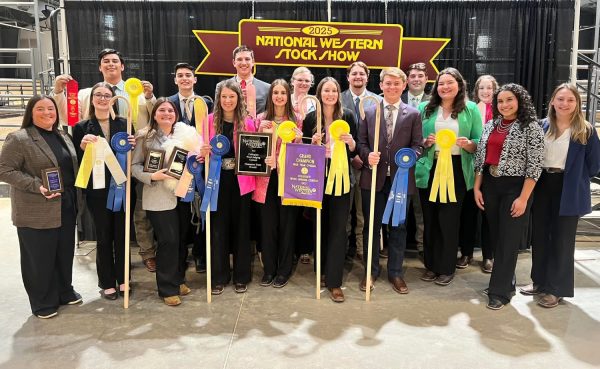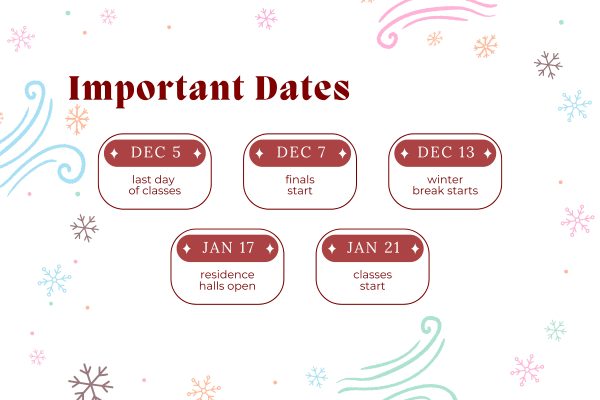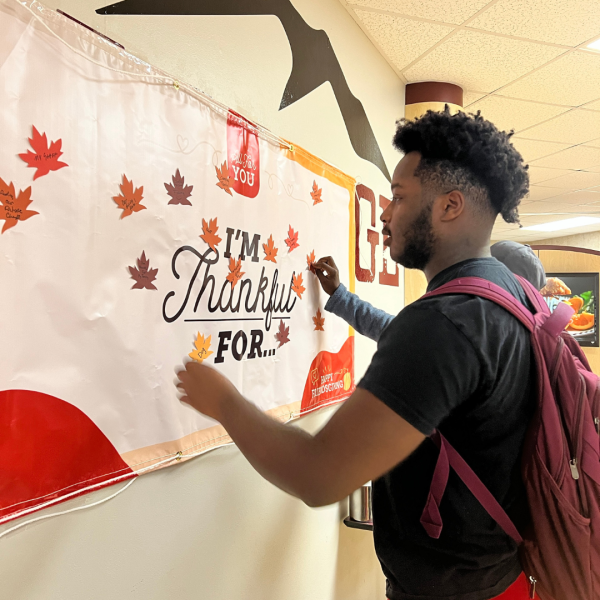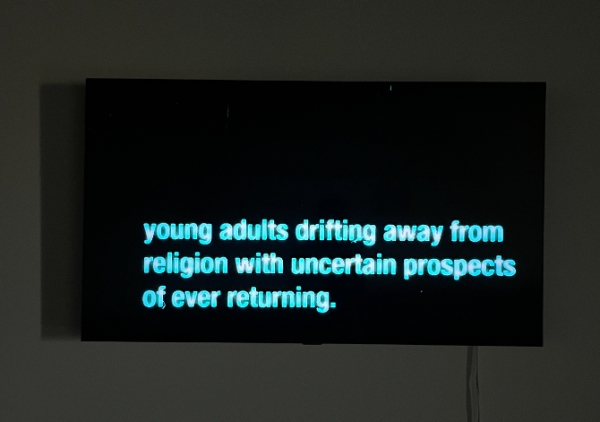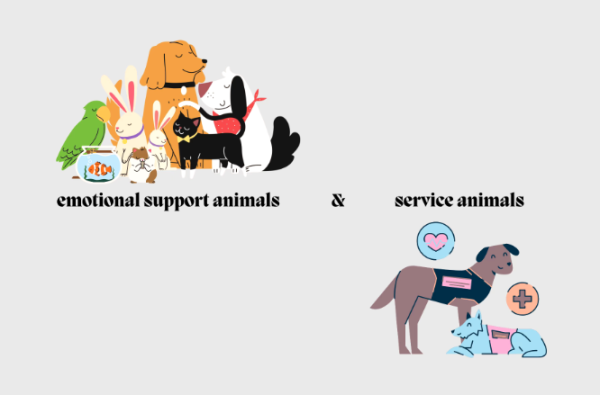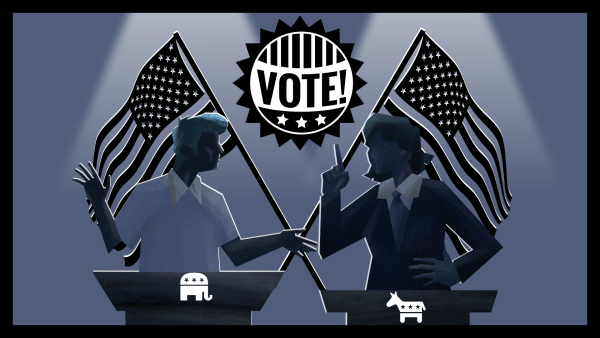ChatGPT: A new way to plagiarize
ChatGPT, or Chat generative pre-trained transformer, is a chatbox powered by OpenAI. It can write and debug computer code and compose music, TV shows, cartoons and student essays. It can also be answering test questions at times.
While many think this new program makes it easy to find information quickly, a new issue comes to light when students use it for school projects and claim it as their work.
In an article in The Atlantic, high school teacher Daniel Herman says he is astounded by what ChatGPT can do.
“What GPT can produce right now is better than the large majority of writing seen by your average teacher or professor,” Herman said. ”Over the past few days, I’ve given it a number of different prompts, and even if the bot’s results don’t exactly give you goosebumps, they do a more-than-adequate job of fulfilling a task.”
Education students also worry about the future of ChatGPT and how it might make it challenging to catch plagiarism. However, sophomore education major Sara Jones says this new technology will make it easier for students to learn.
“At first, I thought this was a cool new way to get information, but once I started seeing videos of it creating very specific essays for school,” Jones said. “How can teachers believe if students’ school assignments were created using AI or they took the time to complete it while also understanding the subject.”
When playing around with the ChatGPT, Herman asked to create a 400-word cover letter for a job and used a student’s essay draft to “fix this essay up and make it better.” As a result, new solutions have come, like AI Catchers, a tool for schools to find AI-generated text.
While ChatGPT is the first to be brought to the mainstream market, companies like Microsoft and Google have announced new AI programs coming this year. Users can sign up for a waitlist to get access. In addition, Google announced Bard, a similar chat AI like ChatGPT and Bing. However, it is unknown when Bard will be available to the public.




